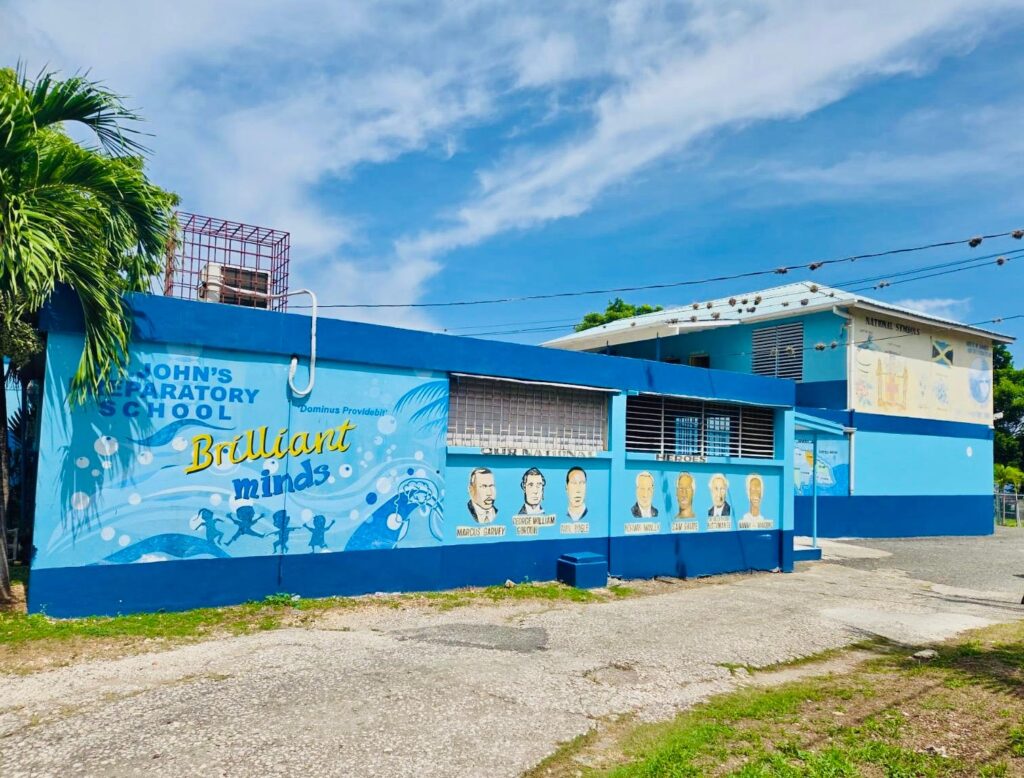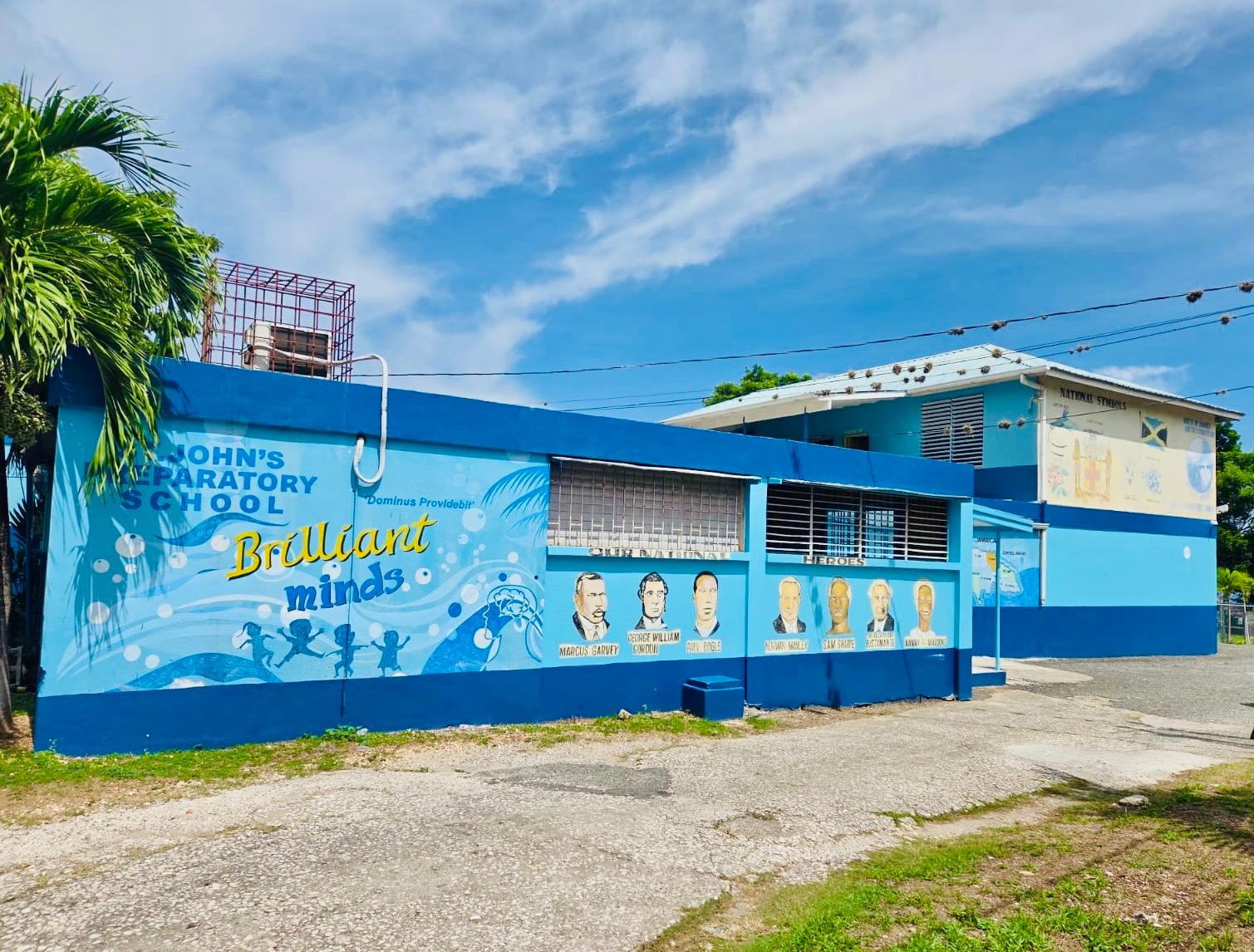By
Dr. Usha Brandon

The Power of Leading by Example
 For me, leadership begins with self-awareness and the ability to act in alignment with my values. When I decided to create a personal uniform for my work, my motivations were practical. I wanted to optimize time, consistency, professionalism, and simplicity in my daily attire. At the time, I had no idea that this decision would resonate so deeply with my peers. As my colleagues observed my initiative, they were inspired to adopt the idea and design of the uniform, creating a shared identity among us.
For me, leadership begins with self-awareness and the ability to act in alignment with my values. When I decided to create a personal uniform for my work, my motivations were practical. I wanted to optimize time, consistency, professionalism, and simplicity in my daily attire. At the time, I had no idea that this decision would resonate so deeply with my peers. As my colleagues observed my initiative, they were inspired to adopt the idea and design of the uniform, creating a shared identity among us.Creating a Culture of Professionalism
 I realized uniforms are more than just attire in an educational setting; they carry symbolic weight. They represent unity, purpose, and professionalism. By introducing the concept of teacher uniforms, I unintentionally set a tone for our school environment that emphasized cohesion mutual respect, and professionalism. Recently, a colleague reminded me of a statement I made during this process: “Professionals in other industries should not outshine us in appearance; we are professionals too.”
I realized uniforms are more than just attire in an educational setting; they carry symbolic weight. They represent unity, purpose, and professionalism. By introducing the concept of teacher uniforms, I unintentionally set a tone for our school environment that emphasized cohesion mutual respect, and professionalism. Recently, a colleague reminded me of a statement I made during this process: “Professionals in other industries should not outshine us in appearance; we are professionals too.”Leadership as Influence Not Authority
 Reflecting on this experience, I’ve come to appreciate that leadership doesn’t always require formal authority. My influence came from my actions rather than my position. By taking initiative and demonstrating the benefits of my idea, I inspired others to follow voluntarily. This form of leadership, often referred to as “informal leadership”, can be exceptionally effective in fostering collaboration and driving change.
Reflecting on this experience, I’ve come to appreciate that leadership doesn’t always require formal authority. My influence came from my actions rather than my position. By taking initiative and demonstrating the benefits of my idea, I inspired others to follow voluntarily. This form of leadership, often referred to as “informal leadership”, can be exceptionally effective in fostering collaboration and driving change.Lessons for Professional Development
My story offers valuable lessons for professional development that are applicable across diverse fields and industries. They serve as principles for thriving in any professional environment, regardless of its purpose, demands, or dynamics. They are as follows:
1. Innovation Starts Small
Significant changes often begin with small, individual actions. Taking initiative doesn’t require grand gestures; sometimes it’s about identifying a need and addressing it in alignment with your values and goals. By aligning these actions with your core values and objectives, you lay the foundation for sustainable progress without requiring dramatic gestures. Identifying a need within your environment or organization and addressing it thoughtfully can lead to significant change.
2. Lead by Example
Actions are often more persuasive than directives and effective leadership is rooted in action. When leaders embody the principles they advocate, they naturally inspire others to follow suit. Demonstrating commitment to a shared vision not only reinforces credibility but also motivates teams to align their efforts with the same goals. Actions, more than words, serve as a powerful catalyst for building trust and fostering collective buy-in.
3. Foster Collaboration
Leadership is most effective when it invites participation rather than imposes change. My colleagues embraced the concept of uniforms because it resonated with them and reflected shared values. Inviting participation rather than enforcing directives encourages a sense of belonging and shared purpose. When colleagues feel heard and see their values reflected in decisions, they are more likely to embrace change. Collaboration strengthens relationships and leads to solutions that resonate intensely across the organization.
4. Build a Positive Culture
Professional development isn’t just about acquiring new skills; it’s also about shaping workplace culture. Our adoption of uniforms fostered unity and professionalism, benefiting both teachers and students, as well as our work environment. A positive work environment fosters overall success. This cultural shift enhanced morale and reinforced shared values, creating a foundation for long-term success.
5. Recognize Informal Leaders
Organizations should acknowledge and support informal leaders who drive positive change through influence rather than authority. These individuals often play critical roles in fostering innovation and growth. By acknowledging their contributions and empowering them, organizations can harness their energy to implement important changes that resonate across teams. Supporting informal leaders also ensures that positive momentum is sustained and amplified over time.
Looking back at this experience, I am humbled by how a simple act of creativity and initiative transformed our school culture into one of unity and professionalism. By introducing uniforms for myself, I unknowingly inspired my colleagues to adopt the idea, creating a ripple effect that reshaped our environment.
This experience has reinforced my belief that leadership is ultimately about influence as well as inspiring those around us to embrace positive change. Whether through small actions or grand visions, we all have the potential to drive significant transformation within our organizations and communities.
As an educator, I am proud not only of the impact this initiative has had on our school but also of the lessons it has taught me about leadership and professional development. My hope is that others feel empowered to take initiative in their own workplaces, knowing that even seemingly minor decisions can lead to profound collective growth.

 Felix Leadership Academy
Felix Leadership Academy
St. John’s Preparatory School was founded in 1960 in Ocho Rios, Jamaica. Today it remains one of the top schools on the island. I was a teacher there when
Dr. Usha Brandon, fresh out of teachers’ college, joined our staff. During one of our professional development sessions, a teacher asked for information about her outfits. She gladly shared her seamstress information with us, and the then principal, Mrs. Joyce Richards made arrangements to find a merchant in Kingston to purchase materials for our uniforms.
Dr. Brandon introduced us to her fashion specialist of Marlene’s Dressmaker Store who took our measurements and fitted us for our uniforms. We were the talk of the town, as we were asked on many occasions if we worked in a bank or if we were flight attendants. These conversations about our professional attire helped to advertise the school and the dressmaker’s business in a positive light. Both places still hold prominent positions in the town of Ocho Rios.
Thank you, Dr. Brandon, for the impact you have made.
Thank you so much for sharing this wonderful memory Carolyn! I appreciate your kind words and the effort you took to recount such a special time in our lives. It’s heartwarming to hear how this collaboration not only brought us together as a staff but also positively represented the school and the local business in Ocho Rios. I’m grateful to have been part of such a supportive community, and it’s amazing to see how those moments contributed to the school’s legacy. It’s an honor to have played a small role in that chapter. Thank you again for your thoughtful post!